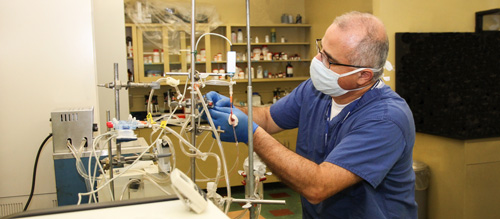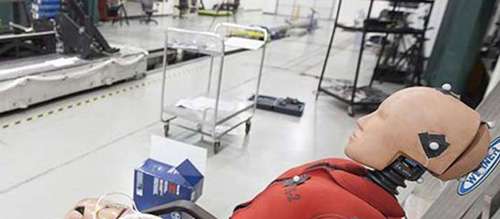Description: A medical device that includes a tubular member having a lumen defined therein and a distal end portion, the distal end portion defining a guidewire port. The medical device also includes an expandable frame disposed along the distal end portion of the tubular member, the expandable frame being designed to shift between a first configuration and an expanded configuration. The frame includes a base, an end region and a plurality of struts extending between the base and the end region, the struts defining a plurality of apertures along the frame. The medical device also includes a cover attached to a portion of the frame and the cover is configured to cover one or more of the plurality of apertures such that the frame will align the guidewire port with an opening in a heart valve when the frame is positioned within a body lumen.
Applicant: Boston Scientific Scimed Inc, Mayo Foundation for Medical Education and Research
Collaborators: Gurpreet S. Sandhu, Daniel B. Spoon, Roger W. McGowan, Patrick A. Haverkost, Joel N. Groff, Lloyd Radman, Daniel Ross
WIPO Publication No: US20170252152
WIPO Publication Date: Sep 7, 2017




